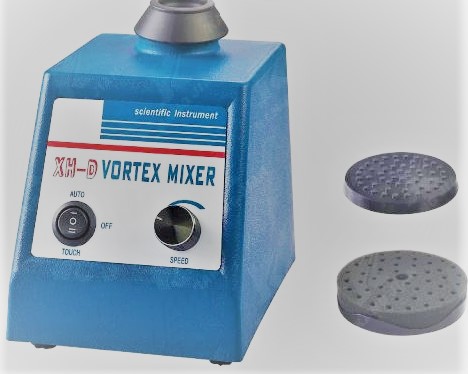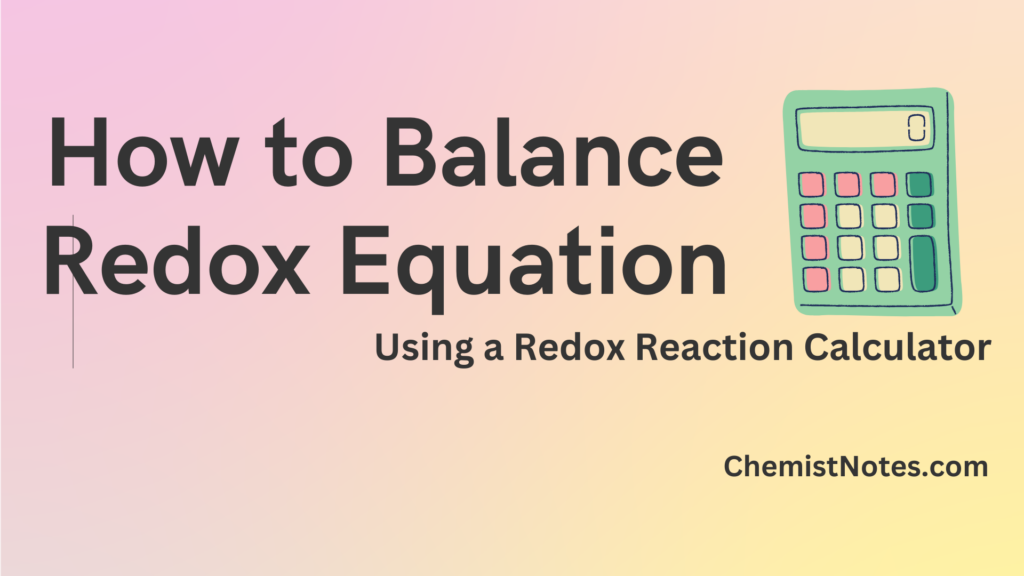Table of Contents
ToggleVortex mixtures are durable and compact instruments generally used to make samples homogenous. To mix small vials of liquid, laboratories frequently use vortex mixers, also known as vortexer. It comprises an electric motor with the drive shaft placed slightly off-center and attached to a cupped rubber component.

Vortex mixer
Vortex mixers are typically used to combine liquids in beakers or tiny vials. Simple in design, it consists of an electric motor with a vertical driving shaft. Usually, a rubber-cupped component that is slightly out of equilibrium has the equipment attached to it. While more complicated multi-tube mixers can handle dozens of vials, simpler mixers can only manage one to a handful.

Principle of a vortex mixer
The motor found in the instruments influences the vortex mixer’s operating principle. The motor’s shaft is connected to the cup head by a shaft. The engine’s centrifugal rotation is made possible by the electric current. The cup head is rotated by the orbit of the shaft, which is caused by the motor’s revolution. When the sample is put within the cup head, the spinning produces a powerful vortex. The strong vortex aids in blending the samples uniformly.
Parts of Vortex mixture
There are various important parts of the vortex mixture:
1. Tube platforms
To enhance the number of samples that may be vortexed simultaneously, the platforms can accommodate a range of tubes of various sizes. The mixer for which a tube holder is designed determines its purpose.
2. Cup head
Cup heads are available in a range of sizes and enable rapid mixing. To blend a variety of tube diameters, these heads may simply be swapped out for other cup heads of various sizes. To form a vortex, the tube is put on the cup head.

3. Single tube holder
For long-term mixing, a tube holder that attaches to the top of the Vortex Mixer holds the tube inside the cup head. As a result, the sample can be blended independently.

4. Tube insert for shaker
A tube insert for the shaker/vortex mixer that can take different-sized tubes.
Vortex paint mixer
The Vortex mixer tries to produce a mix by pushing the liquid inside the container into a vortex motion. Rob utilized some Army Painter mixing aids, which are merely little metal balls that stir and improve mixing. Rob could use any brand or variety, regardless of how thick or thin, with the mixer.
Mini vortex mixer
A vortex mixer is a somewhat simple tool used in bioscience, microbiology, biochemical, and analytical laboratory settings to quickly oscillate and stir tiny vials of liquid. A vortex is produced when the motion of the rubber cup holder on the mixer is transferred to the liquid sample.
Lab vortex mixture
Lab vortex mixers are frequently to make the mixture homogenous, mix the extract, etc. It’s a very simple device. -There are numerous speed settings for various purposes. -Requires a tiny amount of room and energy to run. -Extremely comprehensive and efficient mixing at a reasonable speed. One of the most common methods for blending laboratory samples in test tubes, well plates, or flasks is the use of vortex mixers. They agitate samples precisely and promote reactions or homogenization using a rather simple technique.
Types of Vortex mixture
There are various types of vortex mixtures. Some are discussed below:
- Variable speed vortex mixers.
- Fixed-speed vortex mixers.
- Digital vortex mixers.
- Analog vortex mixers.
- Mini Vortex mixers.
- Multi-tube Vortex mixers.
- Pulsing vortex mixer.
- Microplate vortex mixer.
1. Variable speed vortex mixers:
The speed range for the vortex mixer’s speed controller ranges from 100 to 3200 rpm. Moreover, it offers push or continuous modes. Accessories allow for the simultaneous vortexing of several tubes.
2. Fixed speed vortex mixture
There is no speed range available. The single mode of operation for the machine is the touch-down mode, which runs at a fast speed. Only this kind of vortexer is compatible with the cup head accessory.
3. Mini vortex mixers
They are helpful for vortexing tiny volume samples (0.2-50ml). Both digital and analog modes are available for it. Depending on the accessories used, both operating modes are accessible.
4. Microplate vortex mixer
These are intended for blending microplate contents. There is only one operating mode accessible for it, and that is a continuous mode. This sort of vortexer is available in both digital and analog varieties.
How to use a vortex mixture?
- The front panel of the instrument is where you’ll find all the control buttons, including the primary switch, speed control knob, and operation controller button.
- By attaching the connection found on the back of the gadget to an electrical source, the vortex mixer is given power. The main switch turns on the vortexer.
- There are two ways that Vortexer can work. The first occurs when the motor moves the cup head without applying pressure. Here, as soon as the main switch is turned on, the motor kicks in.
- The second mode is when the motor runs and the tubes gently press on the cup head. Mode change is facilitated by the operation controller button.
Uses of Vortex mixtures
- Mixing different chemicals
- For DNA extraction
- For plants extracts
- tissue culture and cell culture
- Protein and enzymes analysis
MCQs/FAQs
What is the difference between a centrifuge and a vortex mixture?
A test tube’s contents are spinning inside a vortex mixer. The test tubes (which contain the liquid) are kept stationary inside a rotor in a centrifuge while the rotor is spinning inside the centrifuge.









